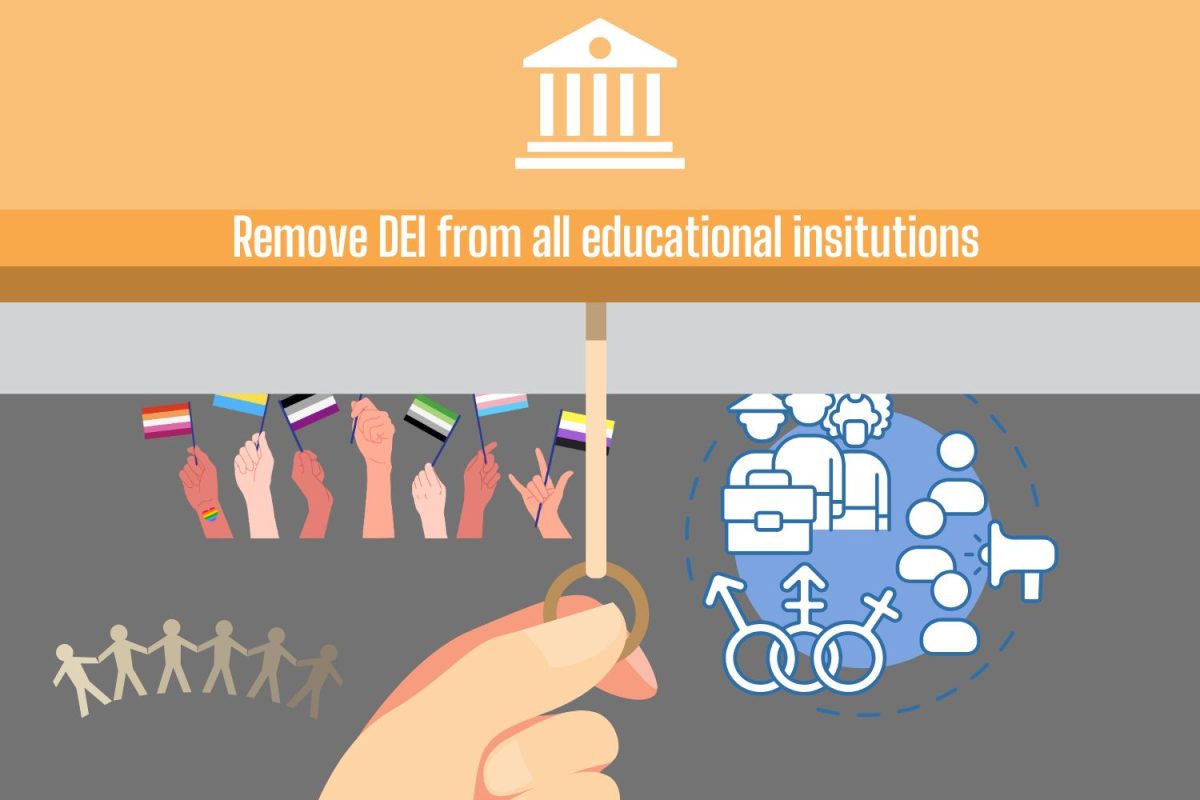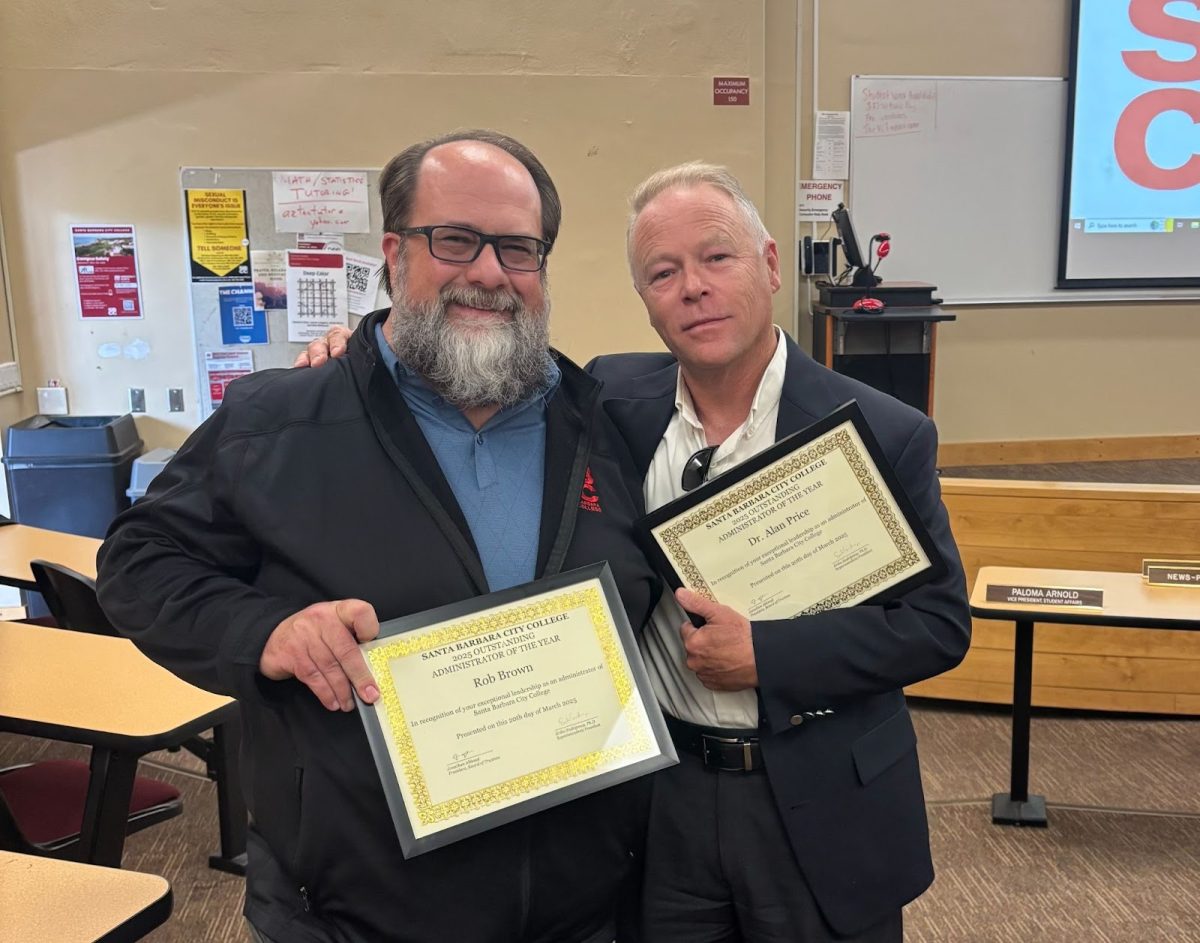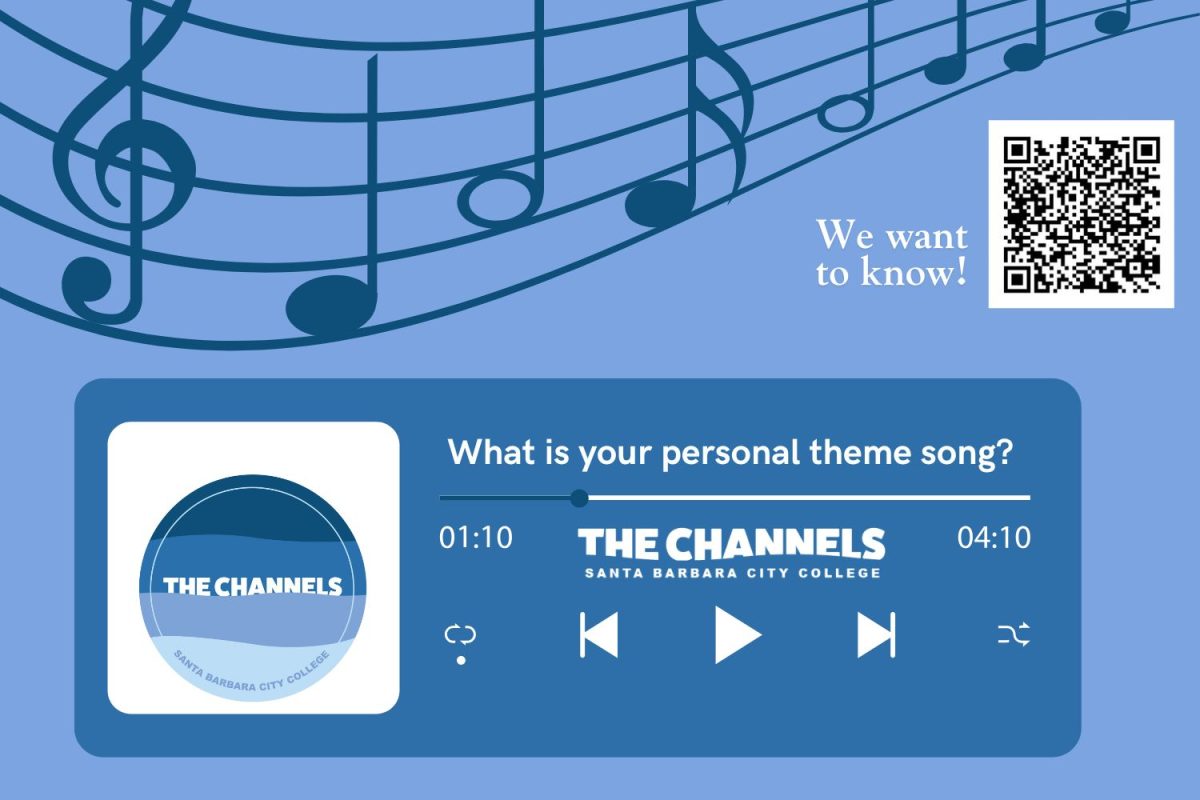California Community Colleges are facing a surge in fraudulent bots enrollments, with increasingly sophisticated bots pretending to be real students in order to illegally obtain financial aid.
City College is no exception to this crisis, with fraudulent bots stealing not only money in the form of financial aid but also stealing seats in courses meant for students.
“The bots are taking spaces from our actual students, and that’s hugely problematic because it’s preventing our actual students from enrolling in classes that they need,” said María Villagómez, assistant superintendent and vice president of academic affairs.
Since the rise of remote learning, as sparked by the COVID-19 pandemic, the infiltration of bots into California Community Colleges has spiked exponentially. When the problem first arose, bots were easier to identify, making the conundrum easier to mitigate.
“Since the pandemic, it’s just incrementally over the years, gotten worse and worse,” said Michael Medel, dean of business, Scheinfeld Center, media arts and physical education. “I would say two years ago there were obvious signs if you were to bring up a roster, you would see the first name [of a bot] would be David, and the last name would be David.”
In an interview conducted over email, Chancellor’s Office Information Officer Melissa Villarin explained that the forced shift to remote learning created “fertile ground for fraudulent activities.”
In light of the COVID-19 pandemic, there was an increase in policies regarding distance learning to increase accessibility to higher education, and bots took advantage of this.
“Fraud is a never-ending nuisance that the California Community Colleges is working to combat at the local and system levels through constantly upgrading our approaches to weeding out fraudulent actors earlier,” Villarin wrote.
As administrators at both the Chancellor’s Office and City College fight to combat this dilemma, bots are growing ever more sophisticated — providing a unique, complex challenge for administrators and faculty alike.
“They keep getting better and better, so that now when you look at the roster, everything looks legit,” Medel said. “Names look legit. They’re real addresses, real numbers, real everything.”
In addition to their newly sophisticated appearance, bots are also beginning to act like real students in the form of completing classwork–making it harder for the administration to confidently flag individuals exerting suspicious activity.
“This semester, bots are figuring out how to submit assignments so they look like they’re real students, which aren’t tipping people off,” Superintendent-President Erika Endrijonas said.
To invade the City College database, bots must first complete the CCCApply application that all prospective California Community College students must complete in order to be granted admission into a CCC.
In reference to this application system, Endrijonas explained, “They’re working on revising it, totally revamping it because it’s not a great system. One of the ways we know it’s not a good system is that any bot that gets to our college has already come through the CCC Apply Filter.”
In 2021, the CCCApply Application system was revised in order to accommodate homeless individuals. This meant disbarring the requirement for students to provide an address on their applications which led bots to use this as a loophole.
“They seem to adapt to that and make changes to their processes to continue to get into our system,” said Angelica Contreras, senior director of admissions and records and dual enrollment. “We’re kind of having to stop what we’re doing to really try and address the situation as an admissions department.”
According to Contreras, for the fall 2024 semester, the admissions department has put holds on 475 non-credit students that they identified to be bots. For credit, they put holds on 1000 plus bots and dropped 500 to 700 enrolled students flagged as bots.
“They just get smarter and smarter so anything that we implement to help safeguard us, they seem to adapt and make changes to their processes to continue to get into our system,” Contreras said.
On an institution-wide level, City College administrators have urged faculty to individually make an effort to ease the crisis by regularly checking their rosters and verifying enrolled students’ phone numbers.
“I think the Chancellor’s state office is falling completely short because they’re leaving these independent colleges out to dry,” Assistant accounting professor Laura Woyach said. “They’re having to each invent a way to determine and find these bots.”
While different strategies to alleviate the problem of bots have been explored, their increasing levels of sophistication pose a threat to every aspect of the college whether it be to students, administrators, faculty, or staff.
“I’m angry because I want my students to have full, complete access, not a robot that’s just stealing federal government money,” Woyach said. “We offer an amazing education to our students. Our teachers are full of passion. I just wish it was more cohesive between faculty and administration.”
The absence of a concrete solution to this crisis has left California Community Colleges across the country to individually find a solution to this problem. Leaving administrators and faculty alike with time-consuming tasks that require constant maintenance and usage of resources.
“We are in a non-ideal situation that no other college has yet figured out how to best do, and so we are all trying to do our best,” Villagómez said. “This is a moment in time when communities have to come together to address a problem that affects all of us for the betterment of our college and our students. Collaboration is absolutely key in accomplishing that.”














